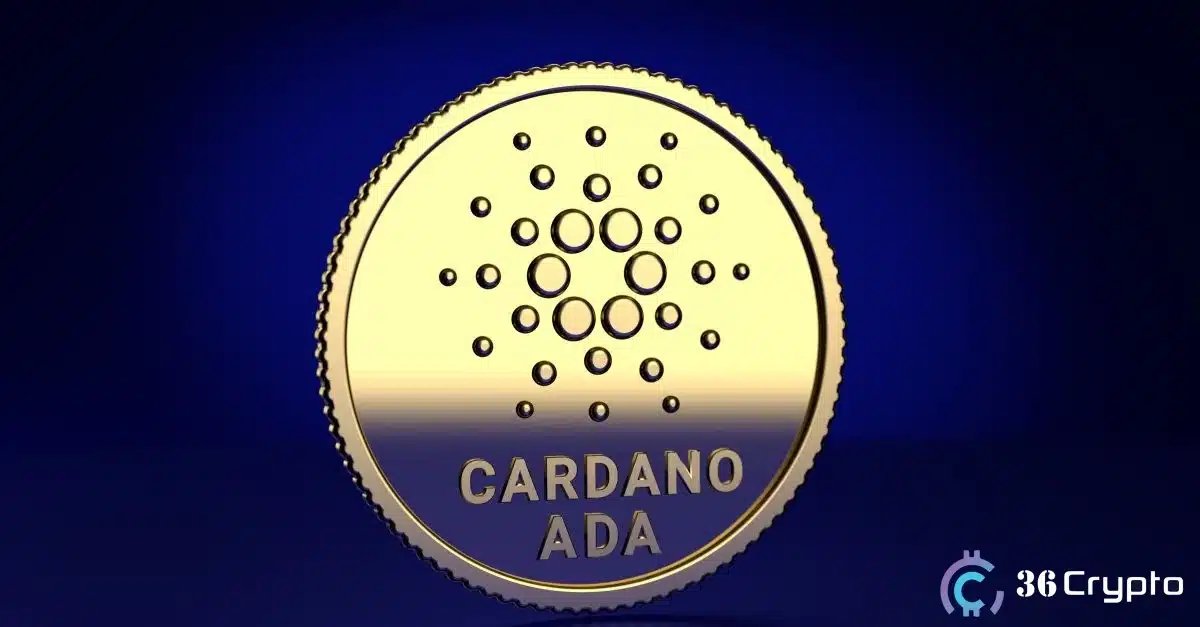Game Trends Shaping Crypto Casino Growth in 2026

By 2026, blockchain adoption, faster transaction networks, and more transparent regulations will open doors to new opportunities for digital entertainment. Analysts estimate that platforms using cryptocurrency could see annual activity reach USD 500 billion (roughly ~SGD 680 billion). This expansion is driven by automated settlements, on-chain verification that anyone can view, and secure self-custodied transactions that put users in control of their assets.
In Singapore, authorities continue to back authorised digital asset initiatives: they offer regulatory guidance while keeping careful oversight so responsible development can move forward. Networks such as TRON have lowered transaction costs and improved throughput. High-volume activity now feels effortless. Protocol updates let interactions happen in real time, so responses are quick and smooth. Developers can craft experiences that react instantly to user actions, creating a more engaging session. Meanwhile, faster mobile networks and widespread use of smartphones mean players can jump in anytime without delays. Every experience stays seamless across devices, keeping users connected and engaged naturally.
Interactive Skill-Based Experiences
The combination of interactive formats, which test timing skills and decision-making abilities, and persistence levels continues to draw back players. One ocean-themed example gaining traction is fish table gambling, where players aim at moving targets to earn rewards. The gameplay combines strategic elements with quick action sequences through which players can earn achievements and upgrades that persist between rounds. Developers now use on-chain assets to verify that collectibles and enhancements stay transferable between devices, which creates a stronger sense of ownership in each gaming session.
The platforms now combine fish-themed shooters with different skill-based games, including crash games and arcade challenges, and target-based mini-games to attract more players. The diverse game selection helps players stay engaged throughout extended play sessions. The platforms offer two different approaches to game selection because they either provide a limited number of modes or maintain a large collection of games with multiple gameplay mechanics and additional features. The gaming experience improves through simple deposit processes and fast withdrawal times, and periodic reward programs. The combination of cooperative gameplay with seasonal events and daily leaderboard competitions creates an environment that promotes social interaction and player retention.
DeFi-Linked Rewards and On-Chain Settlement
Financial mechanics increasingly accompany digital entertainment. Staking, pooled rewards, and tokenised progression systems are integrated alongside gameplay. Smart contracts settle rewards automatically. They reduce disputes and speed distribution while providing real-time visibility of earned assets. Reports on DeFi-style models highlight the expansion of liquidity, cross-chain capabilities, and transparent reward distribution, which make these systems practical at scale.
Singapore’s stable fintech environment allows projects to implement these features responsibly. Users can participate in yield-bearing mechanisms, tradable tokens, and staking structures while remaining compliant with local regulations. Dashboards display live metrics. This enables players to track their progress, adjust their positions, and plan effective strategies. Auto-compounding rewards and flash-settlement mechanics enhance engagement. They transform entertainment sessions into a form of passive asset growth alongside gameplay. Average annual yields on these platforms often beat traditional savings, encouraging participation.
Prediction Formats and Themed Adventures
Forecast-based experiences attract users who enjoy analytical challenges. Trusted oracle networks resolve outcomes accurately. Branching progression, narrative layers, and unlockable content deepen engagement. Seasonal events, story arcs, and mobile optimisation enhance retention. They give players reasons to return over multiple sessions. Community challenges, discussion channels, and social leaderboards encourage interaction. Blockchain verification ensures transparent and fair results.
Themes enrich persistence and identity within these formats. Players level up characters, unlock abilities, and progress through quests connected to broader storylines. Developers continuously refine mechanics and content. They integrate seasonal rewards, mobile notifications, and branching choices to maintain momentum. These experiences combine entertainment with secure, verifiable digital assets. They create long-lasting engagement.
Blockchain-Enhanced Classics Retain Their Influence
Classic formats continue to hold a central role due to familiarity and transparent verification. Publicly auditable randomness, instant on-chain settlement, and smart contract automation reduce operational delays and increase confidence. Modern enhancements such as improved graphics, VR compatibility, low latency, and cross-device continuity elevate these experiences. Milestone rewards, loyalty systems, and leaderboards incentivise repeated participation. Progression mechanics maintain interest for long-term users. Cross-chain asset interoperability ensures that users can move collectibles and tokens between compatible platforms seamlessly.
Conclusion
Skill-based mechanics, DeFi-linked reward systems, prediction-driven adventures, and blockchain-enhanced classics are poised to define crypto entertainment growth in 2026. These categories prioritise transparency, persistent ownership, fast settlement, and sustained engagement. With improved infrastructure, clear Singaporean regulatory guidance, and ongoing innovation in user experience, these formats are shaping the next generation of token-native digital entertainment. As adoption spreads, users can expect faster, verifiable, and more immersive participation across devices and platforms.
You May Also Like

Top 3 Cryptos That Could Turn $100 Into $5,000 in 2025 – Including This Meme-to-Earn Token’s Game-Changing Potential

New Viral Presale on XRPL: DeXRP Surpassed $6.4 Million
